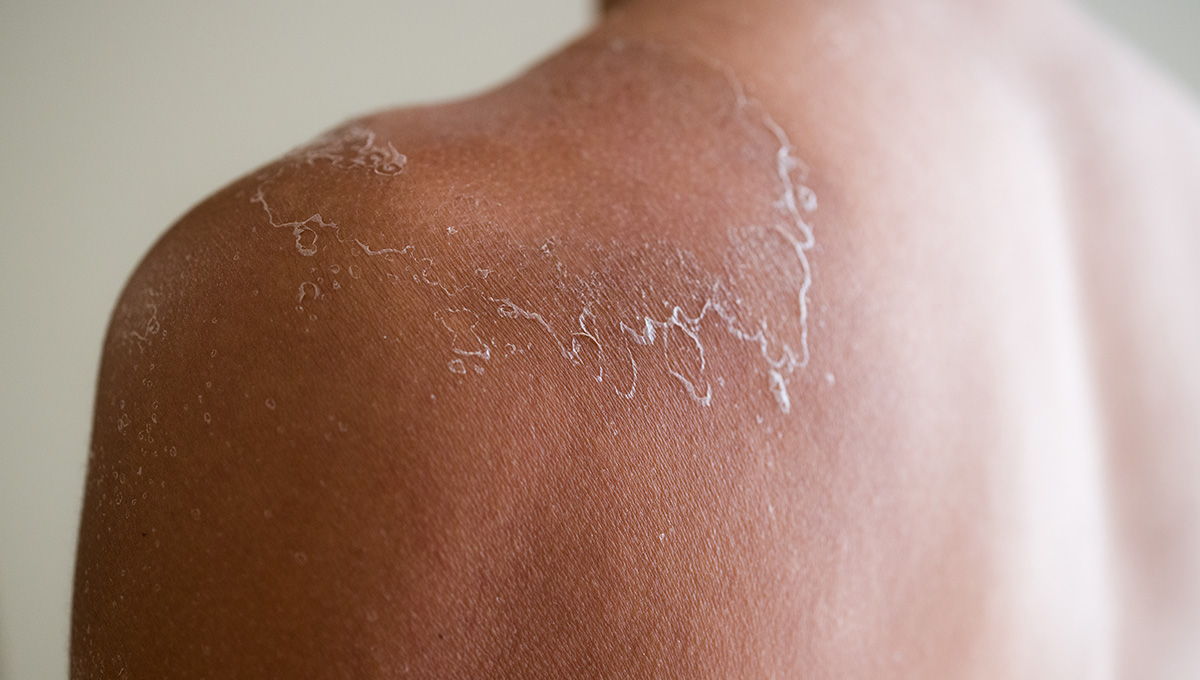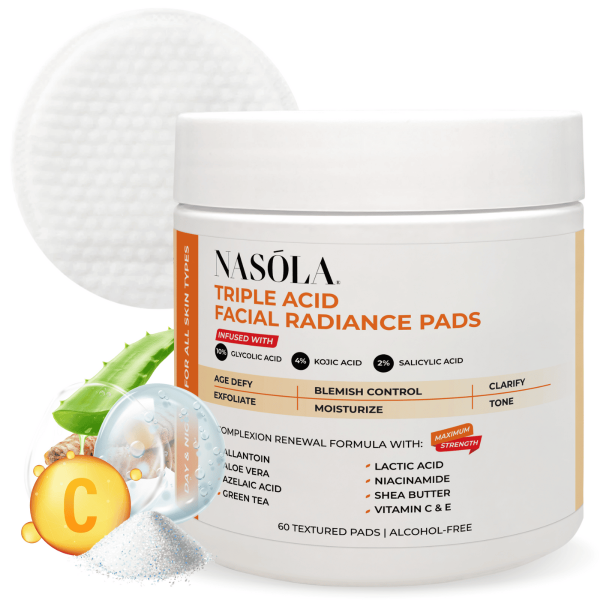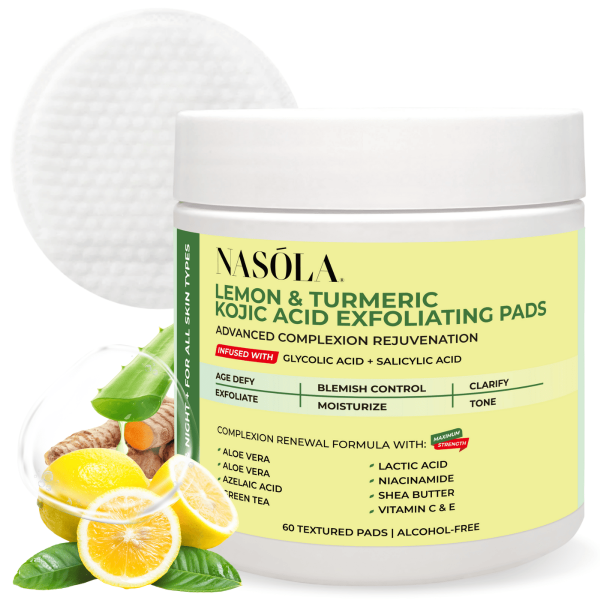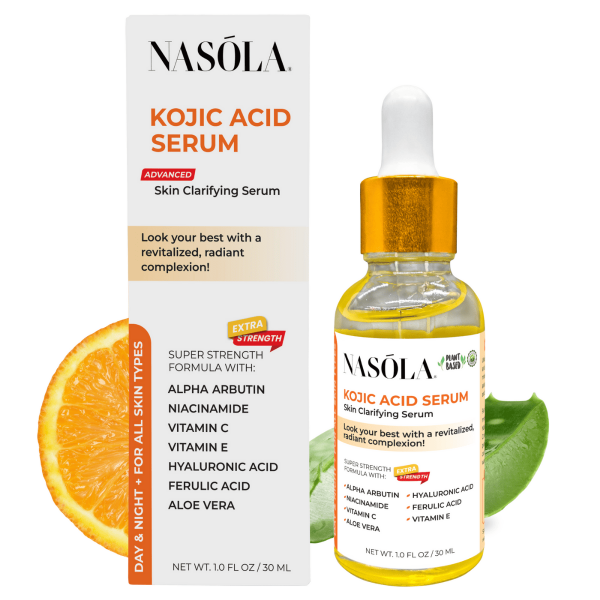Dry skin can be… complicated. One day it’s flaking at your cheeks, the next your foundation clings to every patch — and no matter what you do, your glow stays locked behind a curtain of dullness.
Now enter the hero of the moment: glycolic acid. Yep — if you’ve been wondering, is glycolic acid good for dry skin?, you’re not alone.
It’s a big “maybe” until you learn how to use it wisely, because not everything that exfoliates should be treated equally… especially on dry skin.
In this post, we’ll walk through what glycolic acid really does, how dry skin responds (the good and the not-so-great), and which products — like Nasola’s Triple Acid Facial Radiance Pads and Lemon Turmeric Kojic Acid Exfoliating Pads — can make all the difference for your skin.
Sound like something your skin’s been begging for? Let’s dive into it.
- Is Glycolic Acid Good for Dry Skin? Breaking Down the Benefits & Considerations
- Is Glycolic Acid Good for Dry Skin on Face? Specific Concerns and How to Address Them
- Why Hydration Matters When Using Glycolic Acid on Dry Skin
- Balancing pH & Toning: Prepping Dry Skin Before and After Glycolic Acid
- How Often Should You Use Glycolic Acid on Dry Skin?
- Ingredient Highlight: Kojic Acid and Its Complementary Role for Dry, Uneven Skin
- What to Avoid When Using Glycolic Acid on Dry Skin
- Conclusion
- Frequently Asked Questions
Is Glycolic Acid Good for Dry Skin? Breaking Down the Benefits & Considerations
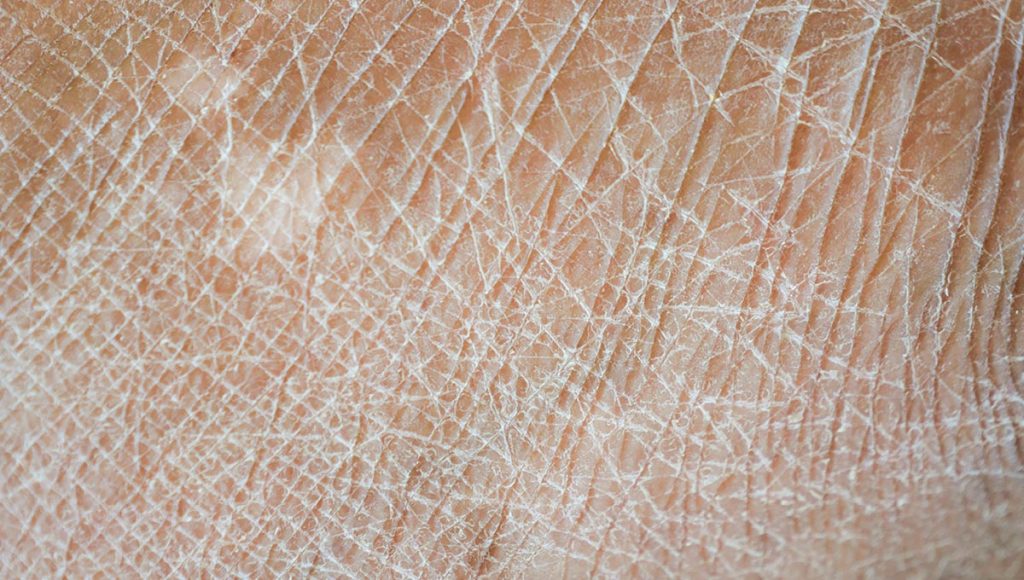
So let’s get real here. Glycolic acid has become one of the most buzzed-about ingredients in skincare — and for good reason. From acne-prone teens to dry-skinned adults, it’s known for its skin-resurfacing magic.
But hold on… when your skin’s drier than winter air in a ski lodge, is glycolic acid good for dry skin on face and body?
The answer lies not just in whether you can use it — but how and what you pair it with.
What Is Glycolic Acid and How Does It Work?
Glycolic acid is the smallest molecule in the alpha hydroxy acid (AHA) family, meaning it can dig a little deeper into your skin than others.
It’s water-soluble, which makes it especially effective at removing the top layer of dead skin cells that have overstayed their welcome.
So how exactly does it help?
- Speeds up cell turnover (which slows as we age 👀)
- Unclogs pores and prevents flakiness buildup
- Smooths out texture caused by dull, dry skin
- Allows your other skincare to absorb better
But because glycolic acid penetrates so well, it must be used correctly on dry skin to avoid stripping the moisture barrier.
The Pros and Cons of Using Glycolic Acid on Dry Skin
Here’s where it gets personal — because your dry skin? It needs to be exfoliated just as much as oily or acne-prone skin, but more gently.
Pros:
- Removes flaky buildup and softens rough texture
- Reveals a fresher, more luminous layer beneath
- Preps skin to better absorb moisturizers
- Enhances the effects of antioxidants and hydrators
Cons:
- Overuse can lead to tightness, irritation, and redness
- Might disrupt skin barrier if not followed by hydration
- Can increase sensitivity to cold weather or sun
- Needs pH-balanced, non-irritating formulas for safety
Want a safe way to try it?
Try the Nasola Triple Acid Facial Radiance Pads — these are brilliantly formulated with glycolic, salicylic, and lactic acids (so they exfoliate thoroughly but harmoniously). Better yet, they include green tea extract and aloe vera to calm your dry skin while gently pressing the reset button on texture.
Use them a couple nights a week and follow with your favorite moisturizer. Your skin will thank you (without peeling back in rebellion).
Is Glycolic Acid Good for Dry Skin on Face? Specific Concerns and How to Address Them
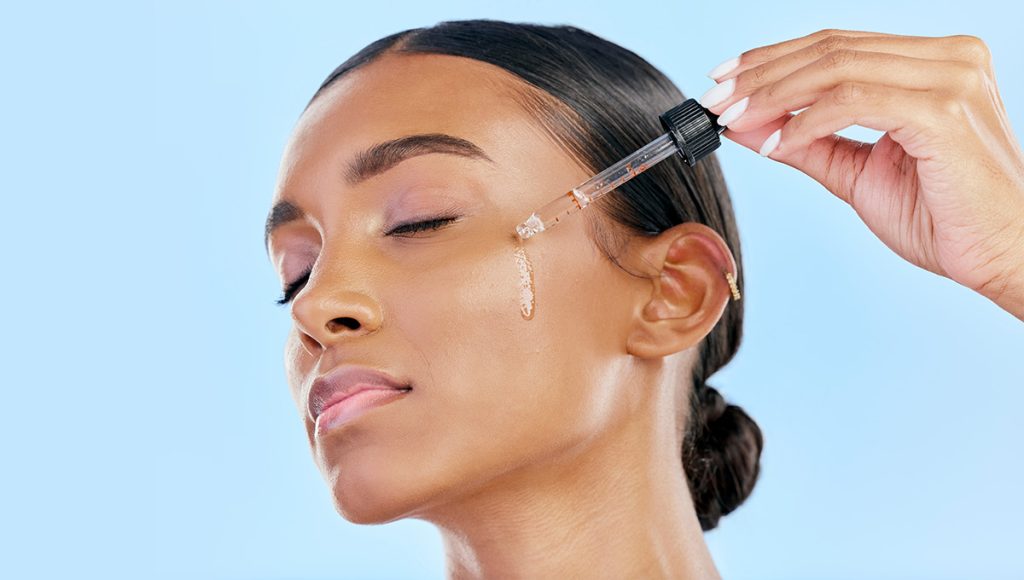
The face — particularly the cheeks, under-eyes, and around the mouth — is more sensitive and reactive than other areas of the body.
So when using glycolic acid on the face, it’s important to proceed carefully. Let’s break down what you need to know for those delicate zones.
Facial Skin Is More Delicate — Use Targeted Products
When people ask, Is glycolic acid good for dry skin on face, they’re often dealing with texture issues, dullness, or makeup that sits weird. But facial skin can’t handle the same strength of acids as arms or legs. Choose products specifically made for your face — ones that consider pH levels, sensitive areas, and layering compatibility.
Look for:
- Products with built-in soothers like aloe or tea extract
- Pads or leave-ons that don’t sting or tighten too much
- Gentle concentrations (5–10%) to begin with
- Buffered acids mixed with hydrators to ease absorption
Best Practices When Applying to the Face
Don’t just slap it on and hope for the best.
Dry skin needs strategy. Here’s how to do it:
- Start with once or twice a week.
- Always apply at night on clean, dry skin.
- Immediately follow with a thick, calming moisturizer.
- And in the morning — never skip SPF.
Not every pad is created equal.
The Nasola Lemon Turmeric Kojic Acid Exfoliating Pads are specifically designed for facial use.
With kojic acid to fade dark spots, turmeric for anti-inflammation, and lemon extract (hello Vitamin C glow 🟡), they brighten and hydrate in one swipe.
A well-balanced solution if you’re chasing radiance but need to keep that dry-skin barrier happy.
Why Hydration Matters When Using Glycolic Acid on Dry Skin
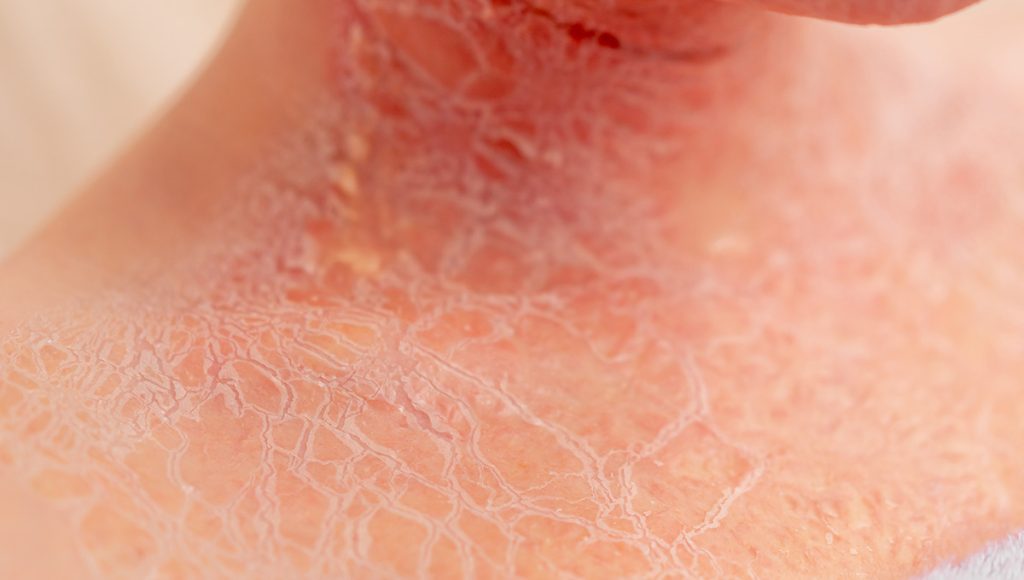
Let’s talk balance.
Glycolic acid works because it breaks the “glue” between dead skin cells. But when dry skin loses too many oils or too much hydration at once?
That freshness turns into flakiness. Again.
Here’s how to make sure your post-glycolic routine is as kind to your skin as your best friend after a long cry session.
How Glycolic Acid Affects Skin’s Moisture Barrier
When you exfoliate, especially with AHAs, your skin becomes temporarily more vulnerable. For dry skin, that can mean more dehydration and more sensitivity.
Even the best glycolic pad in the world will need:
- Smart layering of humectants (like hyaluronic acid)
- Occlusive ingredients (like squalane or ceramides)
- Soothing hydration to bring things back to balance
- Barrier protection with SPF the next day
Ingredients to Rehydrate and Soothe Post-Exfoliation
If you’re using glycolic, reach for:
- Aloe vera: immediate relief and anti-inflammatory goodness
- Glycerin: draws moisture from deep below up to the top layer
- Hyaluronic acid: supreme hydration
o Witch hazel (alcohol-free): toning without stripping
After using acids, one serum we always recommend is the Nasola Kojic Acid Serum. It bridges the gap between exfoliation and moisture, delivering brightening, hydrating, and balancing effects.
It’s a gentle tool in an acidic world — and your skin will glow, not growl.
Balancing pH & Toning: Prepping Dry Skin Before and After Glycolic Acid
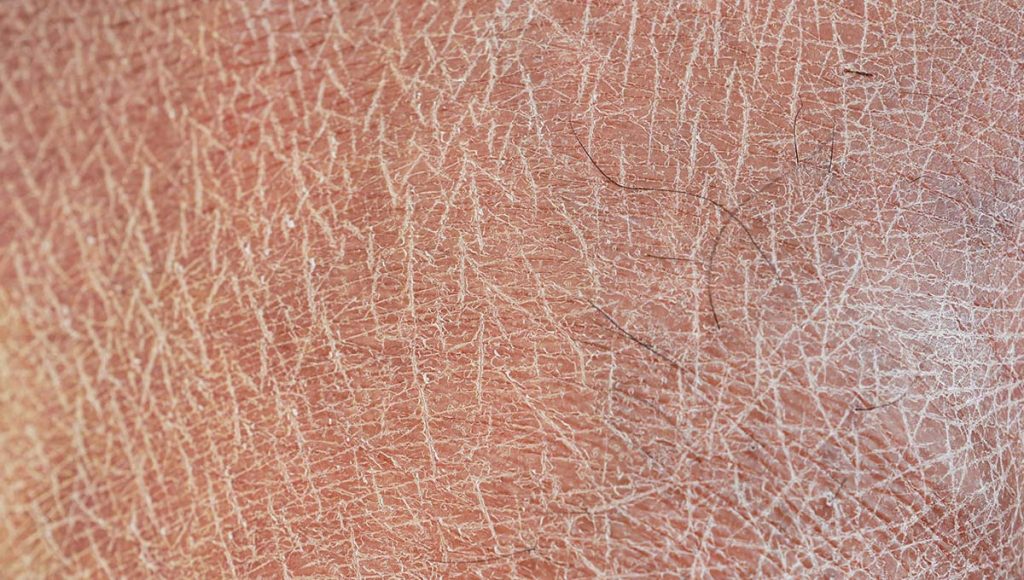
Here’s something most dry skin users don’t know: your skin lives in a delicate pH range. Top it off with too many acids — or the wrong cleanser — and you’re messing with its natural chemistry.
Let’s avoid that, okay?
Why pH Balance Is Critical for Dry Skin
The skin’s natural pH is slightly acidic (around 5.5). Glycolic acid products can push that number lower temporarily, which is what helps with exfoliation — but it also means your skin will need to rebalance itself afterwards.
An unbalanced pH can cause:
- More dryness and tightness
- Irritation that lingers for hours
- Dull, angry-looking skin
- Breakouts even on dry zones
Using Toners to Soothe and Rebalance
So take action post-peel with:
- An alcohol-free toner that refreshes, not dries
- Rosewater or chamomile-based formulas
- Toners that include hydrators like glycerin or cucumber
- A mist or swipe that returns peace to angry skin
Our fav?
The Nasola Kojic Acid Facial Toner. With kojic acid and plant-based extracts, it balances your skin and helps lift discoloration without making things worse for your dry patches.
Think of it like stretching after a workout — essential.
How Often Should You Use Glycolic Acid on Dry Skin?
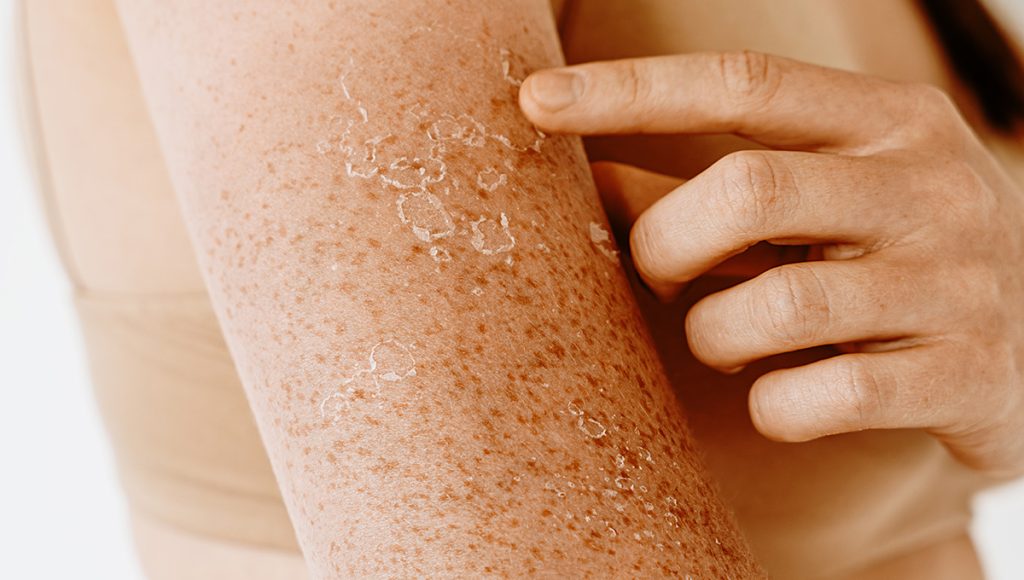
If you’ve ever thought “more = better,” I hear you.
But when it comes to exfoliating dry skin, restraint is power.
Overdo it and your glow will morph into flakes again before you can say “toner.”
Frequency and Dosage: Less Is More
Stick to this schedule for success:
- 1–2 times per week when starting
- See how skin reacts over 2–4 weeks before increasing
- Avoid combining glycolic with retinol or vitamin C same day
- Always layer with hydrating serum and thick moisturizer
Consistency over intensity, always.
Seasonal Changes and Skin Sensitivity
What works in summer might wreck your skin in the winter.
Here’s what to shift as the seasons change:
- Use glycolic less often in winter — skin gets drier
- Apply pads before bed, after gentle cleansing
- Avoid harsh scrubs or foaming washes that dry out skin
- Rehydrate often with facial oils or heavy creams
Better to space your glow-ups out and stay hydrated than chase results too fast and damage your barrier.
Good things — even clear skin — take time.
Ingredient Highlight: Kojic Acid and Its Complementary Role for Dry, Uneven Skin
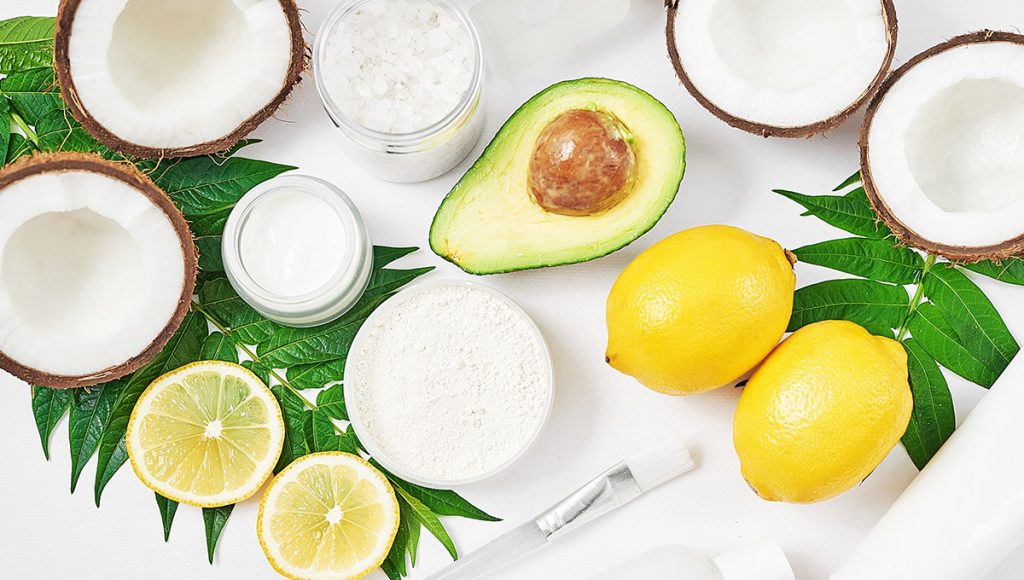
Glycolic acid clears the path. But kojic acid paves it with clarity.
These two together? A dynamic duo, especially for those with dry, dull, or blotchy skin.
Let’s explore why.
How Kojic Acid Works
Kojic acid inhibits tyrosinase — the enzyme that fuels melanin production. When used with glycolic acid, it helps:
- Fade sun spots and dark patches
- Lighten post-acne scars
- Gradually even out tone
- Enhance brightness without bleaching
Why It’s Great for Dry, Dull Skin
It’s also a gentle brightener.
Unlike hydroquinone, kojic acid won’t dry out or irritate dry skin.
Here’s why it works well as a partner to glycolic:
- Provides antioxidant protection
- Boosts brightness without compromising skin hydration
- Works in synergy with calming plants like turmeric and aloe
- Visible results without the trauma
All of Nasola’s formulations — like the Kojic Acid Serum and Lemon Turmeric Pads — showcase how gentle kojic acid can level up your exfoliation routine while helping you keep that newfound clarity.
One layer at a time.
What to Avoid When Using Glycolic Acid on Dry Skin
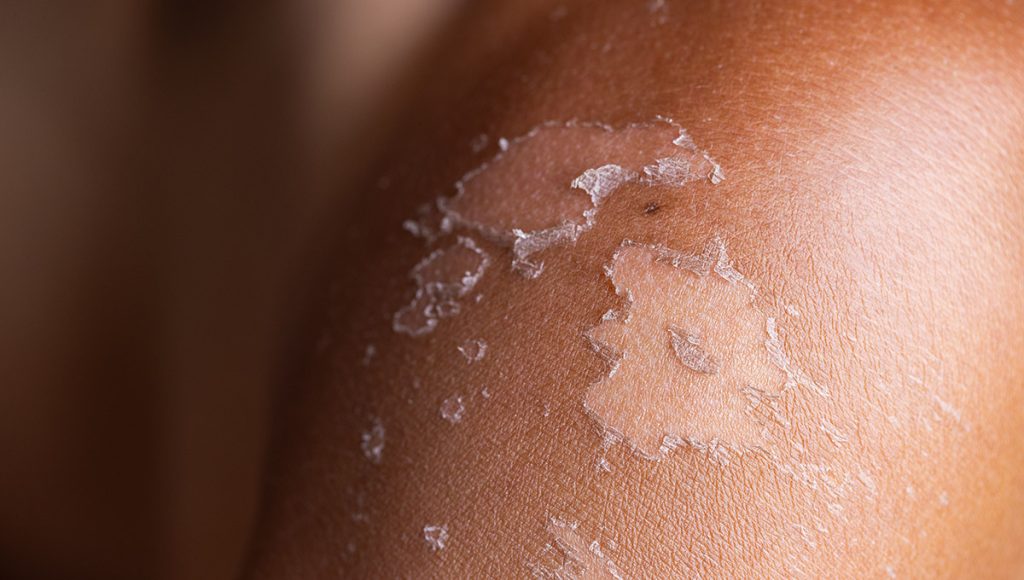
You’ve got the right idea — exfoliate to reveal the glow.
But what you combine it with matters just as much as how you use it.
One wrong pairing or too many products… and your skin could scream for mercy.
Harmful Product Combos
Don’t go mixing chemical cocktails.
Here’s what you should NOT use with glycolic:
- Retinol or tretinoin on the same night
- Physical scrubs — banana peel, yes. Beads? No.
- Foaming or alcohol-loaded cleansers
- Vitamin C serums unless recommended together
Watch for Over-Exfoliation Signs
Know the red flags:
- Stinging or burning that lasts for HOURS, not minutes
- Flakes that look worse than before
- Pink patches with no cause
- Sensitivity to even gentle lotions
If you see these? Stop glycolic immediately, grab your richest moisturizer and apply it liberally. Let your skin recover before going in again.
Rest is how your skin bounces back stronger.
Conclusion
So then — is glycolic acid good for dry skin?
Yes. When treated with care and paired with hydrating allies, glycolic acid can transform flakiness into smoothness and dullness into radiance.
Just remember: Glycolic acid isn’t one-size-fits-all, especially for dry skin. But with balanced, smartly-formulated products like Nasola’s Triple Acid Facial Radiance Pads, Lemon Turmeric Kojic Acid Exfoliating Pads, Kojic Acid Serum, and Kojic Acid Facial Toner, you can build a glow routine that loves your skin.
Want bright, hydrated, happy skin that peeks through your foundation within days?
You can start that journey tonight.
Ready to try glycolic acid the right way? Explore Nasola’s dermatologist-formulated collection to exfoliate smart — and shine brighter.
Frequently Asked Questions
Yes — glycolic acid is good for dry skin when used in moderation. It helps remove flaky buildup and smooth out texture. However, overuse or high concentrations can worsen dryness. Use 1–2 times per week and always follow with hydration to avoid irritation.
Absolutely. Just ensure you’re using products made for facial use, with calming and balancing ingredients. The Nasola Lemon Turmeric Kojic Acid Exfoliating Pads are excellent for exfoliating and brightening without overdrying the skin.
Not recommended. Using it every day can lead to barrier damage. Most dry skin types benefit from 1–3 times a week. If your skin feels tight or sensitive, scale back immediately and moisturize generously.
Hydrate, hydrate, hydrate! Try layering a hydrating toner like Nasola Kojic Acid Facial Toner followed by a rich moisturizer or soothing serum, such as the Nasola Kojic Acid Serum.
Yes — in fact, they work beautifully together! Glycolic exfoliates while kojic acid brightens. Nasola offers combo products that include both ingredients, like the Lemon Turmeric Kojic Acid Pads and Kojic Acid Serum.
One of the best options is the Nasola Triple Acid Facial Radiance Pads. These include glycolic, lactic, and salicylic acids, along with aloe vera to soothe and calm.
After. Acid-based exfoliators change your skin’s pH, so a toner like the Nasola Kojic Acid Facial Toner helps rebalance and prep for the next hydration steps.
If overused or used alone, yes. Always pair glycolic acid with plenty of hydrators, and start with low strength to avoid worsening dry patches.
Yes — that step is non-negotiable. Seal in hydration with a thick, nourishing moisturizer to combat potential dryness
Nighttime is best. Your skin won’t be exposed to sun (which can increase sensitivity), and overnight healing boosts results without disrupting your day.

